|
Last week, we looked at a mid-15th century orphrey from Venice with an interesting goldwork background worked on silk. I've adapted the design slightly and turned it into a goldwork tutorial. The stitching is relatively simple but teaches you a few key things when it comes to medieval goldwork embroidery. Journeyman and Master Patrons find a downloadable PDF on my Patreon page. Becoming a Journeyman or Master Patron is an affordable way to obtain an archivable goldwork lesson each month. Let's dive in! The design should measure c. 10 x 10 cm. This is approximately the size of the original. However, I've squared it off a little to make it look like a Moroccan tile. It is best to work a project like this, there is some heavy goldwork, on a professional slate frame. Dress it with a layer of high-count linen (40 ct or up would be good) and apply a piece of silk on top. You can find my free video tutorial on the process here. Transfer the design any way you prefer. I've used prick-and-pounce and watercolour paint. You will need to fuse your silk to the linen with tacking stitches on all the major design lines. This is basically a running stitch with a short stitch on the top and a long stitch on the back. Use a gold-coloured silk or sewing thread for this. Next, attach the white string padding by couching it down securely with the same gold-coloured thread. The padding threads need to lay well within the design lines. The design line is where your gold threads will turn. You do not want the padded area to encroach on the rest of the design. Time to fill the appropriate areas with silken satin stitches. The original shows quite stark shading and the silken areas have a very stripey appearance. The satin stitches are also worked a little 'open' with some background fabric showing. Instead, I've opted for solid fillings. There is no split stitch edge beneath the satin stitches as all the edges are going to be covered with gold. This will neaten them automatically. (Please note: I forgot to fill in the two small leaves at the bottom!). Couch down the gold threads over the padding. Gold threads are couched down in pairs. Start in the middle of the shape. I've used Stech 70/80 which is comparable to passing thread #3. The couching rhythm is as follows: 5x with an extra couching stitch in between the padding threads and 5x without this extra stitch. Alternate all the way down. You will need to fudge a little as you start vertical, but need to end horizontal. Couch two single lines of gold thread in place on the pink area underneath the padded gold. How you end your gold threads is up to you. You can either plunge and tie back on the back or you can oversew on the front and clip. The 'only' thing left to do, is to cover the tendrils with couched gold. You aim for as few starting and stopping points as possible. And you try to hide starting and stopping under subsequent goldwork. This was common practice in medieval goldwork embroidery as it made the finished product more durable. And that's your goldwork project finished!
Wishing you all a lovely holiday season and all the best for 2024! Thank you for being such a loyal audience.
1 Comment
Last month, we looked at some early 15th century embroidery from Venice, Italy. You can read about it here: Cope of Pope Gregory XII, further early 15th century embroidery from Venice and a tutorial. This week, we will look at a Venetian piece from the second half of the 15th century. It has some lovely embroidery techniques that would work well for modern goldwork embroidery. And the embroidery background is a bit unusual as well. Instead of using a diaper pattern, it is made of floral motives stitched directly on coloured silk. Let's have a look! I saw the above chasuble at the exhibition in Castello del Buonconsiglio in 2019. The exhibition presented an overview of medieval goldwork embroidery made in Italy; complemented by those pieces that were obtained by trade from Northern Europe. The chasuble is kept, and still being worn once a year!, at the parish church of Azzone, near Bergamo, in the Scalve Valley. The valley came under Venetian rule in 1427 and this probably explains why this piece of Venetian embroidery can be found in Azzone. The chasuble has an embroidered orphrey cross on the front and an embroidered orphrey column on the back. As the figures on the front cannot be identified, the exhibition showed the back. Here we see John the Evangelist at the top, followed by a male martyr with a palm branch and architectural model (According to the literature it is a church. However, it looks more like a castle to me.) and the figure at the bottom is Saint Barbara with her tower. Saint Barbara is the patron saint of miners. The Scalve Valley was famous for its iron ore mines. The embroidery is executed on a layer of silk backed with linen for the background and a layer of linen for the figures. The heads were embroidered separately. The finished orphrey column was stiffened with cardboard. The orphreys measure about 33 x 12 cm. The embroidery is a rather simple, yet very effective, affair. The figures stand on a floor made with laid shaded silk and couched down with a trellis. By having the lighter colour at the front and the darkest colour at the back, the embroiderer created a sense of depth. The undergarment of the martyr is stitched in a similar way. This time, the laid silk is couched down horizontally. The cloak consists of horizontally laid pairs of gold thread which are couched down with white silk. Folds are accentuated with couched coloured silk. The heads are stitched in split stitch.
The treatment of the background behind the figures is quite special. The coloured silken background is part of the design. It is covered with the obligatory arch under which the saint stands. The background is further filled in with tendrils and floral elements. These are made by couching down a pair of gold threads and filling in some elements with shaded satin stitch. The frame around the orphrey consists of a very simple padded basket weave over two padding threads (over three is probably more common). All in all, the embroidery techniques used (laid work instead of brick stitching for the undergarments, simple monochrome couching for the cloaks instead of or nue, embroidered coloured silk for the background instead of a diaper pattern, etc.) are simple and far more speedy to execute than or nue, brick stitching and diaper couching. This likely means that these embroideries were not as expensive as the ones we investigated last month. Literature Prá, Laura Dal; Carmignani, Marina; Peri, Paolo (Eds.) (2019): Fili d'oro e dipinti di seta. Velluti e ricami tra Gotico e Rinascimento. Trento: Castello del Buonconsiglio. FINALLY: three years and one month after I ordered the above title, it finally arrived a couple of days ago. It is the third (and last) volume on a research project regarding the Imperial Vestments kept in Bamberg. I have written two previous book reviews which you can find here: volume 1 and volume 2. And I have written several blogs (you can scroll through them) before about the Imperial Vestments. These are six embroidered textiles associated with Emperor Henry II and his wife Kunigunde. They date to the first quarter of the 11th century. Although none of the vestments has survived in its original shape, they are among the oldest complete gold embroidered vestments in the world. Hence, they are unique and pretty important as objects of study. This third volume was the volume I looked forward to the most as it contains the "Art technology and material science aspects" (i.e. the materials and the way they were used) of the research. Let's see if my expectations were being met. The book is divided into two main parts. The first part is written by Sibylle Ruß. She is a conservator and restorer of cultural property. She started her education at an embroidery workshop and finished with a Gesellenprüfung (Journeyman examination) before being trained at the Germanisches Nationalmuseum as a conservator and restorer. Sybille describes each vestment in great detail. Especially the different conserving and restoring measures which took place over the centuries. The original embroidery does not get nearly as much attention. This is a missed opportunity. Some things I miss: how where the gold threads being turned? Are the gold threads plunged or just secured on the front with a few extra couching stitches? What are the stitch lengths of the stem stitches? A huge amount of raw data has been collected for this research. There are tantalising glimpses of this data in the form of drawings of the individual design elements with their gold thread directions and couching patterns. I would have loved a CD with this additional information accompanying the book. I am also missing digital reconstructions of the original embroideries. This has been done for some other medieval goldwork embroideries (most notably the Hungarian Coronation Mantle, which is related to these Imperial Vestments). Some of the embroidery is in such bad shape that a digital reconstruction would have really helped to point out how splendid they once were. The second part of the book is written by Ursula Drewello. She works at the Laboratory Drewello and Weißmann and was responsible for the material science part of the research project. The dyestuff analysis was done by Ina Vanden Berghe of KIK-IRPA the Royal Institute of Cultural Heritage in Belgium. Reading about the exact composition of the gold threads, the angle of wrapping the gold foil around the silken core, the dye used for the silken core, etc., was really nice. But I am missing something here too: how do these parameters compare to the modern gold threads available from M.Maurer in Vienna and Golden Threads and Benton & Johnson in the UK? These three are the main gold thread suppliers in Europe. In a way, they are the descendants of the medieval thread makers. In the second part of the book, there is a whole chapter on design transfer. This is particularly important to us embroiderers. And whilst the chapter is not bad, one conclusion just left me speechless. On three of the vestments (Blue Kunigunde Mantle, Star Mantle and Reitermantle) remnants of the design drawing were analysed. As these remnants did not contain charcoal particles the use of the prick-and-pounce method was excluded. Huh?! Are you kidding me? Really?! All three vestments were made of dark-blue samite. The goldwork embroidery was executed directly on this dark silken fabric. Would any of you use black charcoal for the prick-and-pounce method? I surely hope not. You would use a white powder. And guess what? The remnants of the design drawing of two of the three vestments did contain white substances. The other one used a yellow one. And these substances were (also) used to make a kind of a paint. When you paint over the dots with a similar coloured paint-like substance these two likely mix. When you only have remnants of the design drawing, how can you be so sure that they are not the result of two different steps? Instead, the author proposes that the design was being transferred using templates/stencils. However, they have a tendency to smudge and move when used on textiles with a paint-like substance. Now, let me be VERY clear. I am not saying that the prick-and-pounce method was used for the pattern design transfer on the Imperial Vestments. I cannot prove that. Neither does the absence of charcoal particles prove that the method was not used. As has been the case before with this project, the inclusion of a professional goldwork embroiderer would have helped. I've written about early glitches before: here. Throughout the book, the authors emphasize the high quality and professionalism of the medieval embroideries. These embroideries and their medieval makers would have deserved a professional goldwork embroiderer on the team! And no, that does not need to be me. I am not the only one :).
|
Want to keep up with my embroidery adventures? Sign up for my weekly Newsletter to get notified of new blogs, courses and workshops!
Liked my blog? Please consider making a donation or becoming a Patron so that I can keep up the good work and my blog ad-free!
Categories
All
Archives
July 2024
|
Contact: info(at)jessicagrimm.com
Copyright Dr Jessica M. Grimm - Mandlweg 3, 82488 Ettal, Deutschland - +49(0)8822 2782219 (Monday, Tuesday, Friday & Saturday 9.00-17.00 CET)
Impressum - Legal Notice - Datenschutzerklärung - Privacy Policy - Webshop ABG - Widerrufsrecht - Disclaimer
Copyright Dr Jessica M. Grimm - Mandlweg 3, 82488 Ettal, Deutschland - +49(0)8822 2782219 (Monday, Tuesday, Friday & Saturday 9.00-17.00 CET)
Impressum - Legal Notice - Datenschutzerklärung - Privacy Policy - Webshop ABG - Widerrufsrecht - Disclaimer

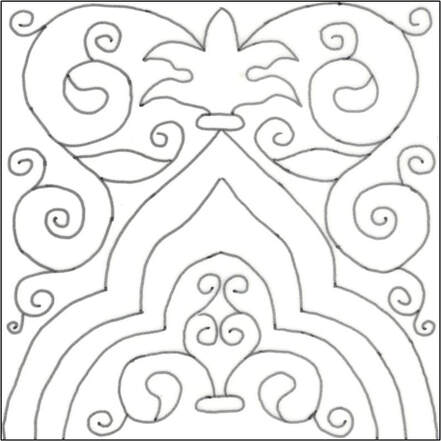
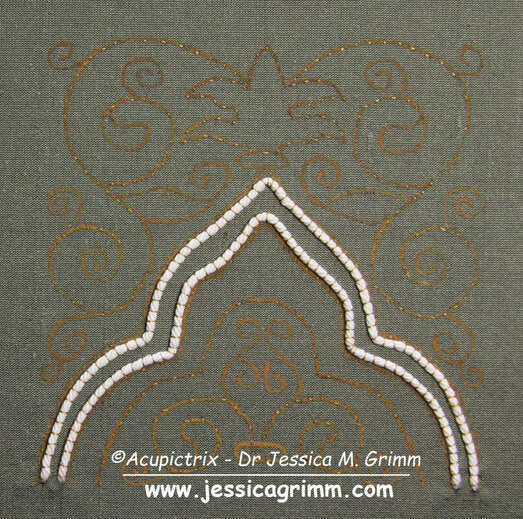
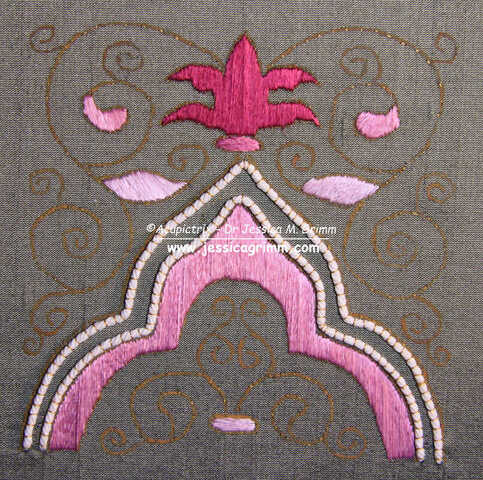
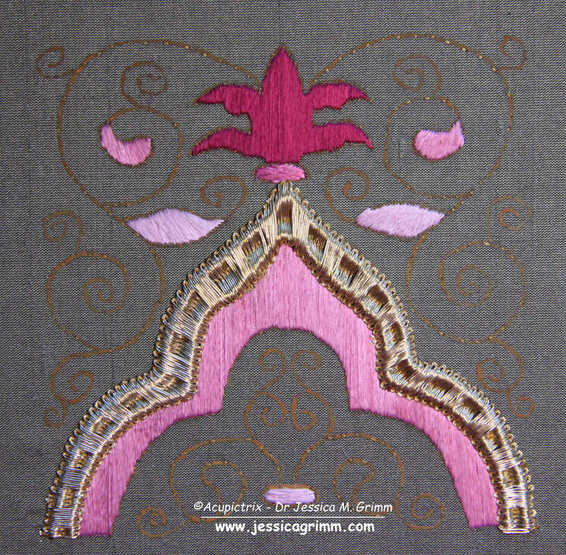
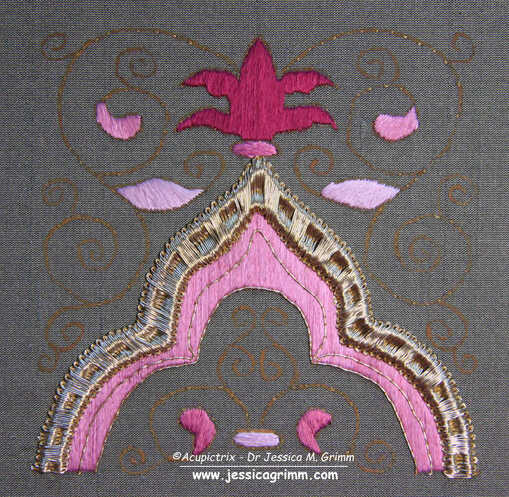
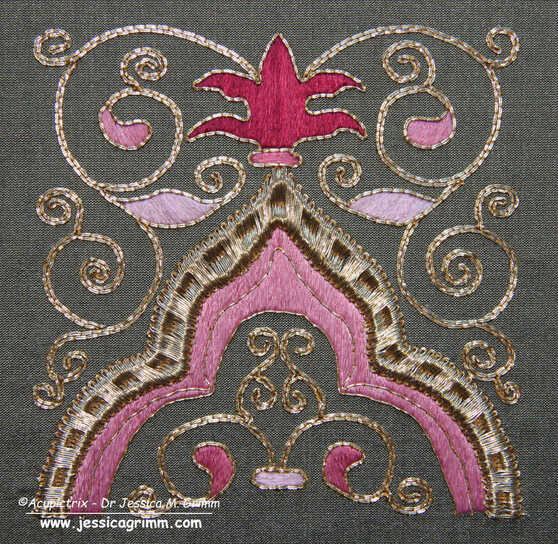
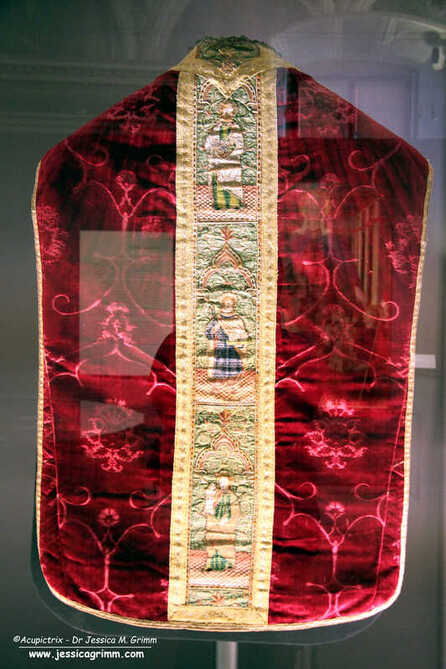
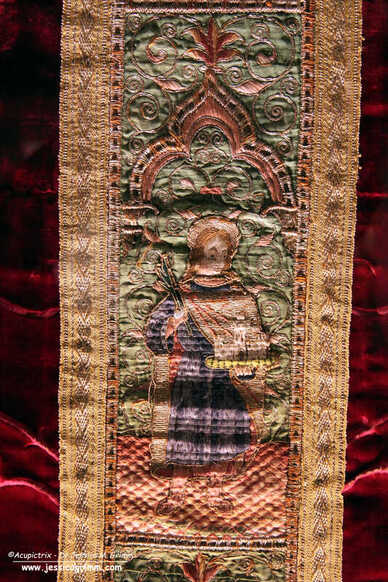
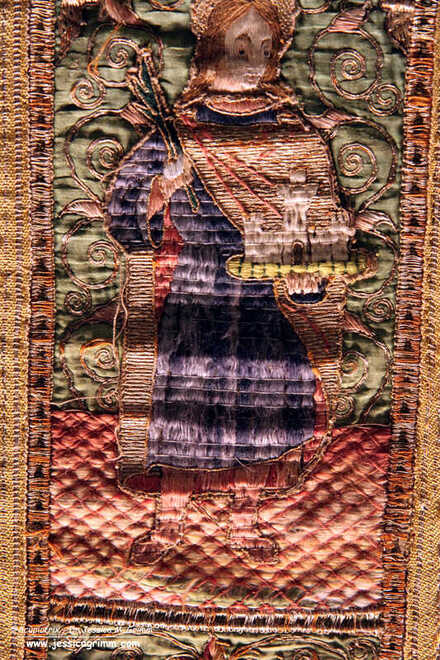









 RSS Feed
RSS Feed